Q&A – Questions for Karl T. Sandegaard
Q: Can you tell me about your background?
I grew up on a small island in the southeastern part of Denmark, called Møn. It was a free-spirited and playful upbringing. Building caves and devising weapons of all kinds filled my days. An independent sense of self-sufficiency was already a part of who I was back then, ha-ha.
I remember being inspired to build pheasant traps with my brother after lending a ’Robinson Crusoe’ book from the library – and actually, for a while we were really quite a success at it.
At some point later on, I became really interested in music, and started playing bass (both electric and double) intent on becoming a professional musician. At some point, I become frustrated with the premises of playing in a band – the joint necessity to compromise – whilst also realizing that my talent wouldn’t suffice on my own. From one day to the next, I gave up playing bass, and the practicing 6-8 hours each and every day!
Just before giving up on music, I developed an interest for building instruments and began in apprenticeship making violins at a workshop in Copenhagen. The craft satisfied my need for creating something with my hands, and I was very fascinated by the handywork. It was amazing, being able to cut a beautiful violin from a ‘simple’ piece of thin wood. However unfortunate it was at the time, I missed admission try-outs for a violinmaker’s school in Cremona, Italy – so I decided to enroll at an art high school in Copenhagen instead. To start art classes was truly inspiring. It was all classical model studies and croquis drawing. It was really great to work with different materials, transforming them into visual expressions. After the classes in Copenhagen, I went to Italy for about a year, close to Pietrasanta at Carrera, working for different sculptors and stonemasons.
To start art classes was truly inspiring. It was all classical model studies and croquis drawing. It was really great to work with different materials, transforming them into visual expressions. After the classes in Copenhagen, I went to Italy for about a year, close to Pietrasanta at Carrera, working for different sculptors and stonemasons.
When I came back to Denmark I started at the Art High School in Holbæk (Holbæk Kunsthøjskole). The school has no restrictions in terms of artistic practice and led me to apply for the Royal Academy of Fine Arts in Copenhagen, which I attended later that same year.
Q: What was the first artwork you made? What / How / Why?
That would be an enormous installation I made when I attended the Holbæk Kunsthøjskole.
Q: Was there a particular moment or event where you decided to become an artist?
Looking back, I’ve always kind of seen myself as an artist. Well … I never really saw myself working for others, at least. My greatest interest and personal fulfillment was always in artistic fields, so it seems natural that it became the way of expressing myself.
After my stay in Italy, when I returned to Denmark it was very clear to me that I’d found the means of expressing myself. Thoughts about career and/or ‘life as an artist’ didn’t come to mind until after I’d started at the academy.
I have a deep fascination for everything one would refer to as: ’metaphysical existence’.
The life beyond the common dreams of regular men of society, working instead on a level of non-functionality.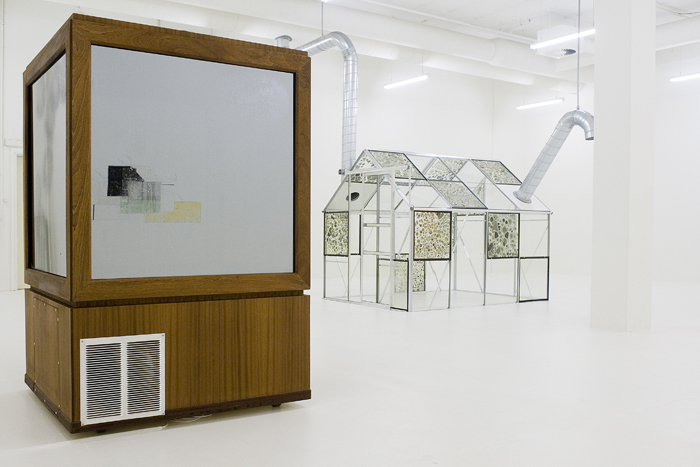
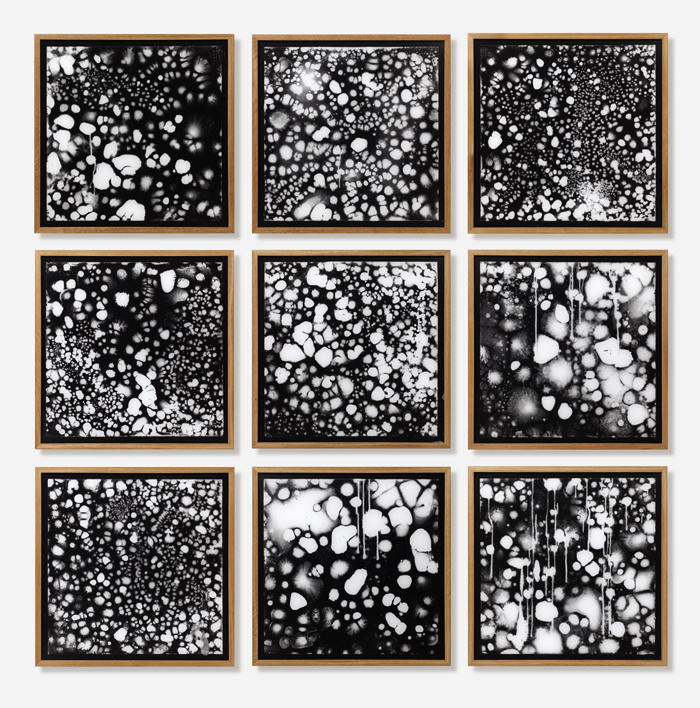 Q: What influences you?
Q: What influences you?
My work is influenced by the American conceptual scene. Bruce Nauman is still one of my biggest inspirations, with his honest and persistent practice. Robert Smithson and his psychedelic land art projects relating to the autonomy and vanity of specific sites.
Artists using reality as a setting for their art mainly inspire me. There are many that I could mention …
Q:The Idea / Process. The visual outcome. The material?
The concept is at the foundation in my practice. For quite a number of years, my interest in the world of organic matter has been the forming element of the practice. The fact that organic matter is constantly being affected by the specific moment; imprinted and reacting in correspondence to its surroundings – I think that’s truly fascinating!
Materials are also important to me, though in the sense that they generally serve a specific function. I nearly always choose a material for its distinctive potential. Different features and qualities of materials are examined whilst experimenting with the construction and underlying ideas and/or developing the concept. In fact, a lot of my time is dedicated to investigating and testing all sorts of things, much like a scientist. I test time measures and duration parameters, comparing them to a given idea or structure. Most of my work is based on studies of process.
Q: Can you tell me more about your routines and rituals in your daily practice?
I see my practice as a personal necessity. It continually satisfies a sense of freedom or self-dependence. It can be lonely, but I live for DIY (re. Do-It-Yourself), and my independence relies on it. I’m a typical hard worker, not really able to separate work from my spare time, even if I wanted to. The most important thing though, is my self-determination – no two days are similar.
Q: The Idea/concept surrounding your work, can you tell us more about it?
My practice is founded upon my genuine interest and wonder in the phenomena of ’reality’, what it consists of, and how it imprints traces on its surroundings.
I see ‘reality’ as an organic and dynamic structure that’s constantly changing due to (and in coherence with) time passing.
The character of reality is defined by the temporal potential produced by the surroundings that are continuously made visible through these different undivided structures.
Temporalities and the potential of the surroundings are incredibly hard to understand. I attempt to visualize the traces of process from the reality in which it’s produced. I do so by withdrawing and isolating some of these traces, and I’m thereby able to obtain a certain amount of information.
To me, a reality consists of a given course of time in a given situation, environment, spatial context, organic body or cognitive structure, that makes an imprint present in the world surrounding us. Interacting structures are imbedded in a landscape of reality. These structures are giving and receiving information, being both active and passive within the moment created around them. Such structures have always fascinated me. Having the characteristics of ‘just being a simple object’, as well as a performativity factor, these structures are able to exist as dynamic spatial objects.
Q: Your latest works – The “golden cubes” – Can you tell me more about them, and how they came to life?
The work is titled, ‘INSPIRATIONS’ and derives from Latin (inspire = to breathe; inspiration = instance of breathing in). It consists of 10 distinctive and highly-polished brass forms. Each piece began as a quadratic cube containing a volume equal to the typical amount of oxygen my lungs process in 15 minutes. Each cube is individual in terms of how much air there has been removed by a vacuum pump. The cubes are gradually being compressed and the amount of air removed corresponds with the volume of the total amount of oxygen my lungs would need from every 1.5 minutes up to every 15 minutes.
The cubes are manifesting different temporalities (from 1.5 minutes to 15 minutes) by visualizing the various volumes of oxygen my lungs would use due to their absence. 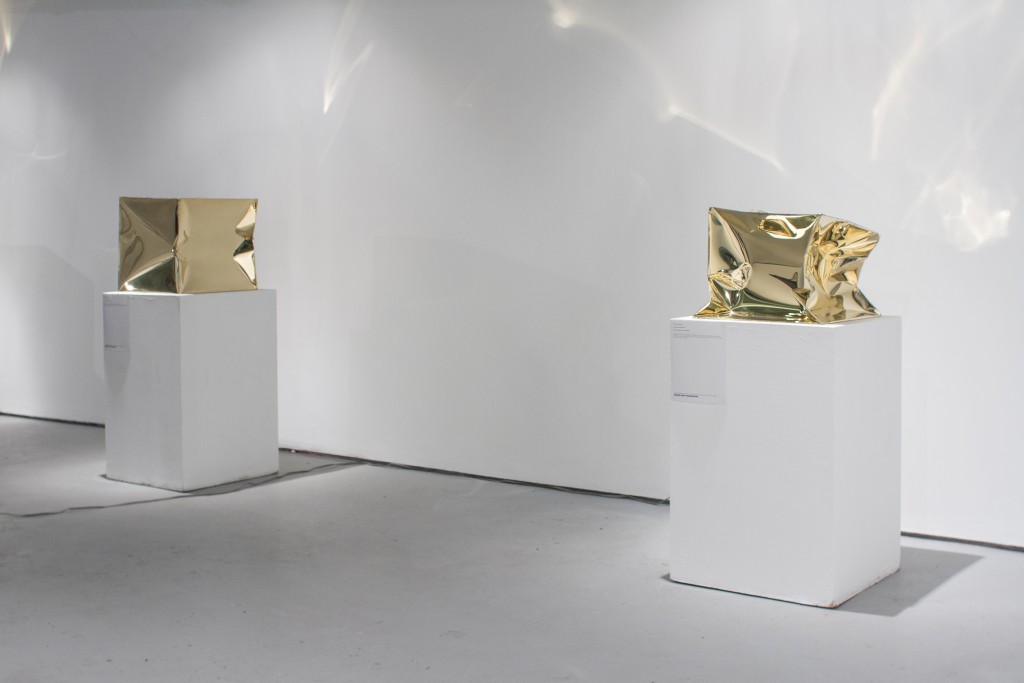
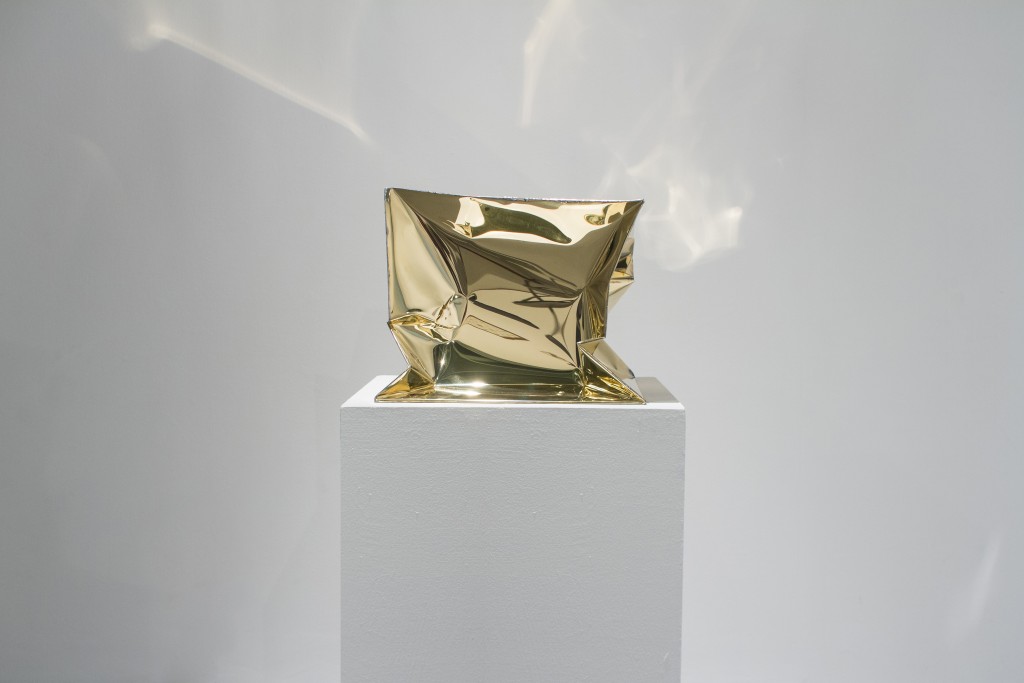 Q: I remember the Concrete Block with the same temperature and “presence” as you – Can you tell me more?
Q: I remember the Concrete Block with the same temperature and “presence” as you – Can you tell me more?
‘Self-Portrait, Naked’ is a series of 11 unique sculptures in concrete. Each has a surface area equal to my skin and emanates the same amount of heat as my body. The work is an identical thermal representation of my own physical body. Formally, each is internally fitted with copper wiring, warming the concrete from the inside so that its surface radiates the same amount of heat as my skin. Beginning with my height (183 cm), I kept the surface area proportions to scale by decreasing the height of each by 13 cm intervals.
With this series of self-portraits, it was the first time that I used my own body so blatantly in an artwork.
Previous works often gathered or translated the physical factors within the environmental surroundings of the artwork itself. They’ve at times made use of ice, condensation, and even fungus spores to visualize the traces of organic material and/or the presence of the beholder within time and the exhibition space.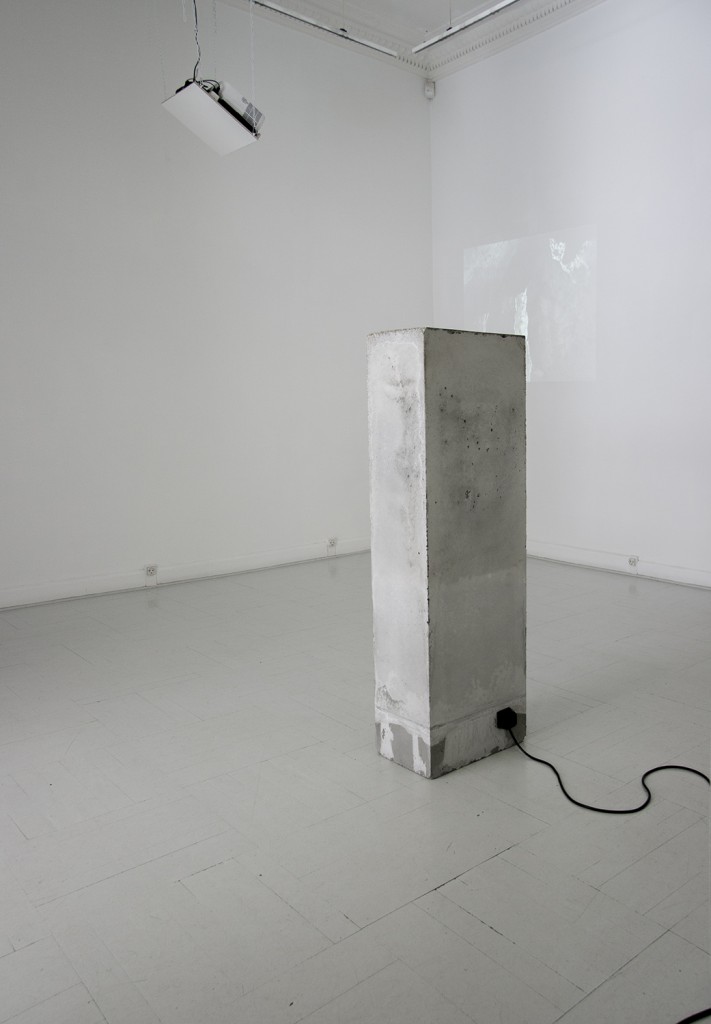
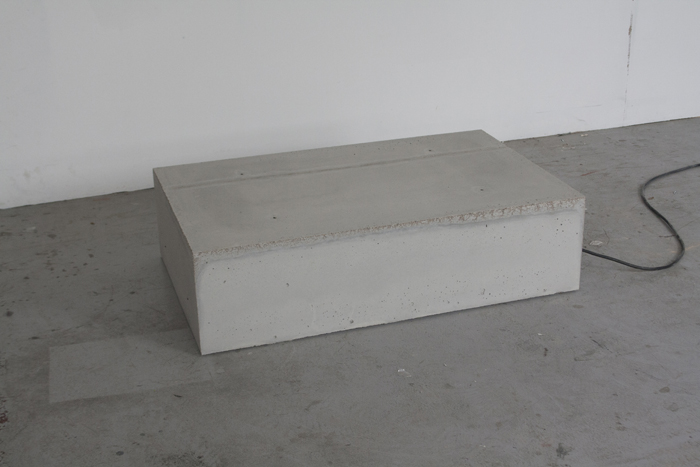 Q: Ghost?
Q: Ghost?
I was interested in addressing the question and type of temporality this moment will come into presence. The work consists of mirrored-glass with a cooling unit affixed to the backside and hidden from view. Any humidity in the room will always condense on the mirror’s surface.
What one encounters when viewing the work is an unclear, foggy image of one’s self reflected. In that very same moment, you’re also seeing an image of yourself through a filter from everyone else who’s looked into the mirror. The past has a physical presence in the present, revealing itself as a dewy shadow of those who had been there before.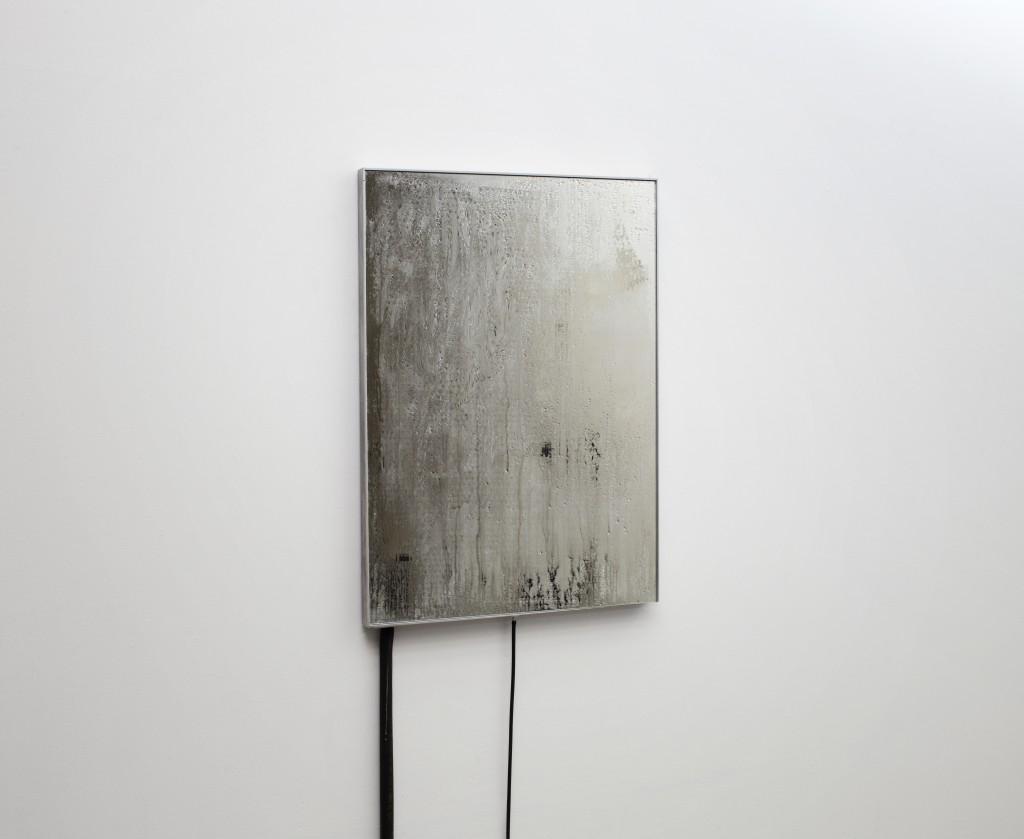 Q: Many of your works seem to be some kind of a Self-portraits – Is that correct? And can you explain more about the many different bodies of work the last years, how it is progressing and moving forward.
Q: Many of your works seem to be some kind of a Self-portraits – Is that correct? And can you explain more about the many different bodies of work the last years, how it is progressing and moving forward.
As I pointed out earlier, I have a genuine fascination with the phenomenon of ‘reality’. The reality of which our world consists, and where the presence of subjects appear. Peter Sloterdijk writes in ‘Bubbles’: “We are broken hopes but opportunities of new attempts”.
Everything is inconsistent and our reality is constantly transforming.
My rather recent interest in the genre of self portraiture, was an attempt to extend and challenge my practice. Earlier works (such as ‘Ghost’ and ‘Exhale’) are registrational and/or characterized by translative features the reveal/record a witnessing. Those works examine external conditions that to some extent were already given in the exhibition space.
By making my own body the point of reference, the conceptual interests take on a more personalized content. I think it adds a sort of subjective poetry to the work and it’s becoming more concerned with the essence of my interest. Q: Is it important for you that people understand and question your work or is it ok just to think they are great looking?
Q: Is it important for you that people understand and question your work or is it ok just to think they are great looking?
My work often has an industrial vibe to it, but beneath the apparently simple, dense forms (like the “Concrete Block” you mention), lies rather a complicated system of careful considerations. Naturally, it’s not necessarily the first thing one considers in the presence of the work – the multitude of decisions that went into its creation, but once you start considering its appearance, they begin to come to light. The decisions are the actual foundation of the work.
In terms of the audience’s reaction, what’s important for me is that one gets a sense of precision and consideration in terms of the execution and the work’s concept. It doesn’t matter to me whether one can decode all of the references and concepts in the work at first glance. I prefer a subtle means of encouraging the viewer to reflect upon the choices that were made in front of them.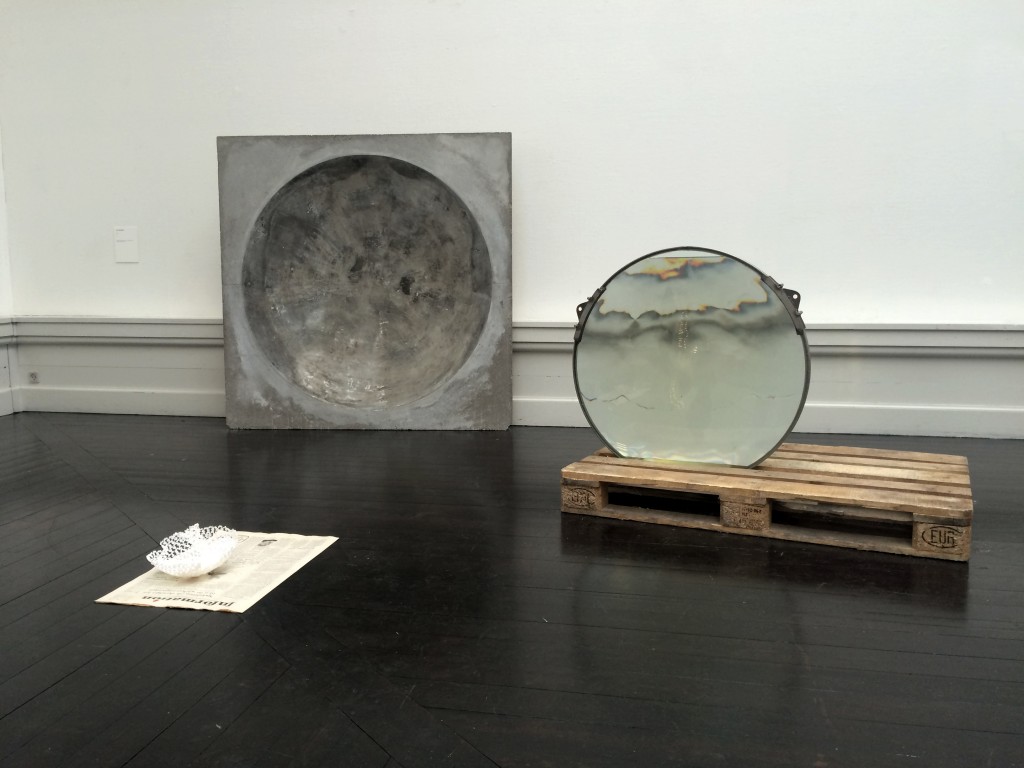
 Q: Can you let us in on some of the future projects, works?
Q: Can you let us in on some of the future projects, works?
I’m still working on the ‘INSPIRATIONS’ series I described. I’m also working on a photo project of a wall-like figure made from bricks of potassium sulphate (the substance slowly reacts with environmental humidity, causing the bricks to melt, completely deteriorating within a few months). Aside from that, I’m presenting some work in Brussels in April, and look forward to a big presentation of my work in Copenhagen in August.